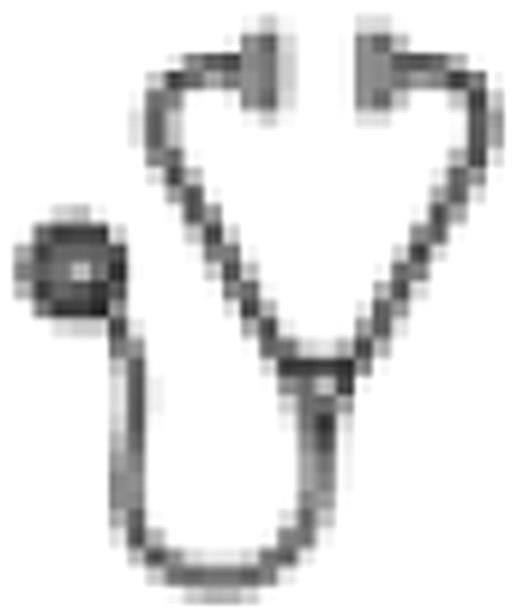Abstract
Sickle Cell Diseases (SCD) are the most frequent inherited monogenic diseases worldwide. Data from the neonatal screening program showed that about 4% of the brazilian population harbors the sickle cell trait, reaching until 10% in the afro-brazilians. In the northern states of Brazil this frequency is much higher, as an example in Bahia 1/17 births are of children with sickle cell trait. The neonatal screening program doesn't cover the whole country so the estimate of about 3500 newborns with SCD per year in Brazil is certainly underestimated. Nevertheless the first official document regarding the treatment of these patients was published by the brazilian ministry of health only in 2004. Hydroxiurea (HU) is already used in more severe forms of SCD by the public health system since several years but is not available for all patients yet. In a recent publication Machado et al (ASH 2010 #843) demonstrated for the first time that HU can prolong survival in SCD, although the mortality rate for this disease is still high in Brazil. Stem Cell Transplanation (SCT) is the only available curative treatment for the inherited hemoglobinopathies, in spite of this there is no such program for SCD in Brazil. Here we describe the first brazilian cases transplanted in 5 brazilian centers of severely affected patients with no other treatment options not responding to HU.
Sixtheen patients (15 HbSS, 1 case Sbeta thalassemia), median age 16 years (3–39), all except for one with HLA identical sibling donors (3 donors with sickle cell trait)received a alo SCT. Indications consisted mainly of severe acute chest syndrome, priapism, alloimunization and silent cerebral infarctions and overt previous stroke. One patient transplanted because of advanced Hodgkin's disease. The conditioning consisted of BuCy or FluBu with ATG in all but 3 patients who received FluCy and ATG. The decision was based on the age of one of the patients (39 years old and grade IV liver fibrosis) and 2 patients with previous stroke.
Primary graft failure occurred only with the unrelated donor. All other patients engrafted, but one patient conditioned with FluCy lost the graft about 100 days after transplant. She received a second transplant 3 years after with BuCy from the same donor, had a 100% engraftment without any sign of GVHD but unfortunately died 3 years later in remission from a SNC bleeding caused by her acquired vascular abnormality. Median follow up for all surviving patients is 2 years (152 days – 12,2 years). Overall survival is 13/16. Death occurred in 3 cases (1 primary graft failure and sepsis, 1 Hodgkin disease, 1 hemorrhagic stroke in a patient with severe cerebral vasculopathy with MoyaMoya). No veno-occlusive disease was observed. Acute GVHD grade II were observed in 4 patients (gut and skin) easily treated with short time prednisone. All surviving patients but one are full chimeras and the 39 years old patient remain a stable mixed chimera 6 years after transplant. Quality of life has improved in all patients considerably referring extremely grateful to be free of pain.
Different from thalassemia SCT can be offered safely for older patients with SCD in our opinion. Our data confirm the curative potential of SCT in SCD and reinforce us to offer this curative approach to patients not responding to HU. A prospective trial is planned in Brazil who should address also long term toxicities and quality of life.
No relevant conflicts of interest to declare.

This icon denotes a clinically relevant abstract
Author notes
Asterisk with author names denotes non-ASH members.

This feature is available to Subscribers Only
Sign In or Create an Account Close Modal